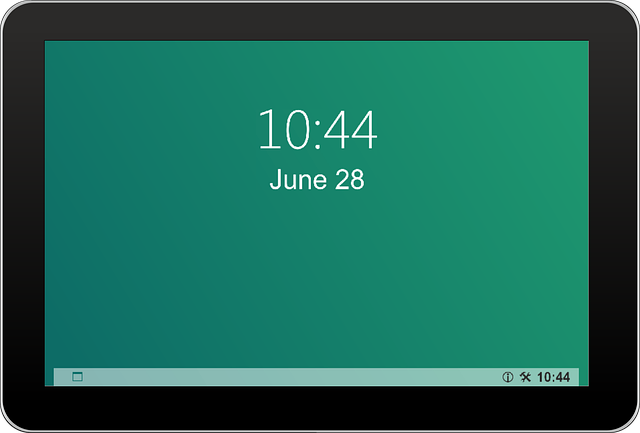Legal-free divorce resolution through mediation offers a collaborative way for couples to settle terms without lawyers. A neutral third-party mediator facilitates discussions, empowering individuals to control decisions on asset division, child custody, and parenting plans. This approach fosters open communication, avoids court battles, and leads to more tailored, lasting resolutions, particularly for shared custody or custom parenting plans.
“Tired of the legal limbo and court battles? Explore a revolutionary approach to divorce with Legal-Free Divorce Resolution. This guide delves into the benefits and process of mediation, offering couples an alternative path to settlement. By sidestepping lawyers, you regain control over your future, collaborating with a neutral mediator to navigate agreements amicably. Discover how this method fosters open communication, reduces costs, and often leads to more satisfying outcomes. Let’s unlock the power of legal-free divorce resolution.”
- Understanding Legal-Free Divorce Resolution
- Benefits of Choosing Mediators Over Lawyers
- The Role and Responsibilities of a Divorce Mediator
- Staying Involved: Couple's Active Participation in Mediation
- Process Overview: How Mediation Works
- Success Stories: Real-Life Examples of Effective Mediation
Understanding Legal-Free Divorce Resolution

Divorce mediation without lawyers, often referred to as legal-free divorce resolution, offers couples a collaborative approach to settling their divorce terms. In this process, instead of relying on legal professionals, a neutral third-party mediator facilitates discussions and helps negotiate an agreement that meets both parties’ needs. This method empowers individuals to stay actively involved in the decision-making process, ensuring they have a direct say in their future arrangements.
By opting for a legal-free resolution, couples can avoid lengthy and costly court battles, fostering a more amicable environment. The mediator guides conversations on essential aspects like asset division, child custody (shared custody guidance), and parenting plans (custom parenting plans). This approach allows for tailored time-sharing resolutions that cater to the best interests of both parents and children involved, ultimately leading to more lasting agreements.
Benefits of Choosing Mediators Over Lawyers

Choosing mediators over lawyers for divorce can offer several significant advantages. Unlike traditional legal representation, mediation provides a collaborative and client-centric approach. Couples in mediation have complete control over the process and the decisions they make regarding their settlement. This autonomy allows them to create solutions tailored to their unique needs, whether that’s negotiating custom parenting plans or working out shared custody arrangements with ease.
Moreover, divorce mediation is a legal-free resolution method, saving couples from the time-consuming and often contentious court battles. Mediators act as neutral third parties, facilitating open communication and helping spouses find common ground. This supportive environment encourages honest discussions, enabling fair outcomes for both parties. The joint parenting mediation process also ensures that children’s best interests are considered, fostering a sense of stability and continuity in their lives.
The Role and Responsibilities of a Divorce Mediator

In a legal-free divorce resolution approach, the role of a mediator is pivotal in guiding couples through the process. A divorce mediator acts as an impartial third party, facilitating open and honest communication between the partners. They provide a safe and structured environment for negotiations, ensuring both sides feel heard and understood. The mediator’s primary responsibility is to help spouses reach mutually agreeable terms regarding property division, child custody, and support, thereby avoiding lengthy and costly court battles.
Unlike lawyers who advocate for their clients’ interests, mediators offer shared custody guidance and facilitate the creation of custom parenting plans through joint parenting mediation. By focusing on collaboration rather than confrontation, mediators empower couples to craft solutions tailored to their unique family dynamics. This personalized approach allows for more creative and fair outcomes, fostering a sense of control and closure for everyone involved.
Staying Involved: Couple's Active Participation in Mediation

In a legal-free divorce resolution approach like mediation, couples actively participate in shaping their future together. This means both partners work closely with a neutral mediator to navigate discussions and negotiations. Unlike court proceedings where decisions are made by judges, joint parenting mediation empowers spouses to collaborate and create solutions tailored to their unique family dynamics. By staying involved and engaged throughout the process, they can ensure their needs, desires, and priorities are reflected in agreements regarding child custody, visitation planning help, and even custom parenting plans.
This active participation fosters a sense of control and agency, allowing couples to make informed choices about their lives post-marriage. It also encourages open communication, which is vital for reaching mutually agreeable outcomes, especially when discussing sensitive topics like co-parenting and family routines. Through this collaborative process, spouses can maintain a respectful relationship, even after their legal union ends, setting the stage for healthier interactions moving forward.
Process Overview: How Mediation Works

Divorce mediation offers a collaborative approach to resolving marital disputes outside of traditional legal channels. In this process, a neutral third party, known as a mediator, facilitates open communication between the couple. The mediator guides them towards an agreement that suits both parties’ needs and interests. Unlike court-ordered resolutions, mediation empowers couples to stay actively involved in shaping their settlement.
This legal-free divorce resolution method encourages active participation in decisions regarding assets, child custody, and other important matters. In the context of shared custody guidance or time-sharing resolution, joint parenting mediation can be a powerful tool. By working together with a mediator, separated couples can avoid the stress and expense of litigation, fostering an environment conducive to peaceful negotiations and lasting agreements.
Success Stories: Real-Life Examples of Effective Mediation

Many couples have found success in their legal-free divorce resolution journey through mediation. This process allows them to maintain control over their settlement and avoid the lengthy, stressful court battles often associated with traditional divorce proceedings. One such story involves a couple who, despite initial differences, were able to reach a mutually agreeable time-sharing resolution for their children’s custody. With the help of a neutral mediator, they worked together to create a shared custody guidance plan that suited both parents’ needs and ensured their children’s well-being.
Another inspiring example is a family who needed assistance in crafting unique custom parenting plans. Through mediation, they were able to navigate complex situations and create arrangements that catered to their children’s specific requirements. These real-life examples demonstrate how mediation can facilitate positive outcomes, ensuring both parties’ voices are heard and respected throughout the process.
